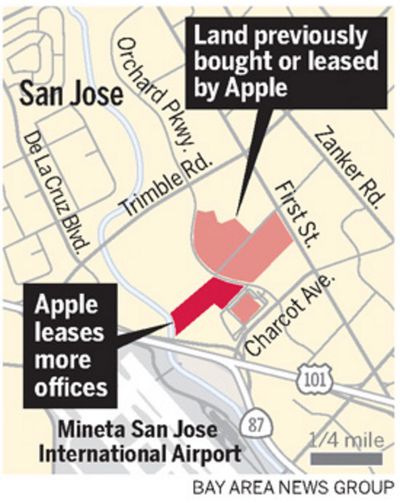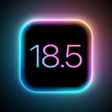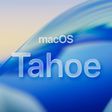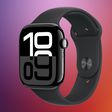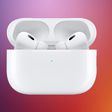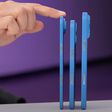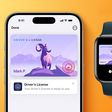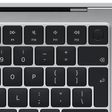Popular rugged case manufacturer LifeProof today revealed its newest protective offering for the iPhone 6s, the FRĒ Power, which promises to double the battery life of the smartphone while providing the expected protection the brand's previous products have afforded. LifeProof says the new case is fully waterproof and will let users take Live Photos and 4K videos "in almost every environment."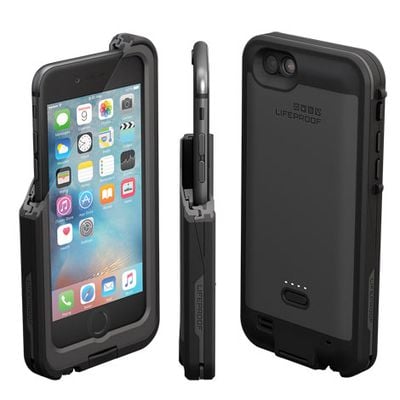
"We challenge our engineers to defy what is expected and they've gone well beyond that with our waterproof iPhone 6s battery case," said LifeProof President and CEO Pete Lindgren. "FR? Power provides protection and power so you can adventure further than ever before. The combination of iPhone 6s Live Photos and 4k video with double the battery life from FRĒ Power lets you capture better content and keep shooting longer than ever before."
The source of the FRĒ Power comes from a built-in 2,600 mAh lithium ion battery, which LifeProof says provides "2x battery capacity" over the normal life of the iPhone 6s. On the outside, the case will protect from water, drop damage, dirt, and snow, the usual tenants of the LifeProof line. The company also ensures that the case's built-in scratch protection screen allows uninhibited access to the new features of the iPhone 6s, like 3D Touch and the front-facing retina flash.
Those interested can visit LifeProof's official website to pre-order the $129.99 FRĒ Power iPhone 6s case, which has an estimated in-stock launch date of Friday, November 6. The color options for the battery case include Blacktop, Base Jump Blue, and Avalanche, although the last two have no estimated release date. The new case is also available for last year's iPhone 6, but the company hasn't announced support for the iPhone 6 Plus or iPhone 6s Plus.


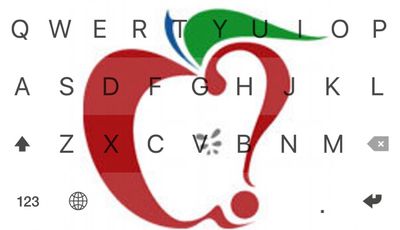
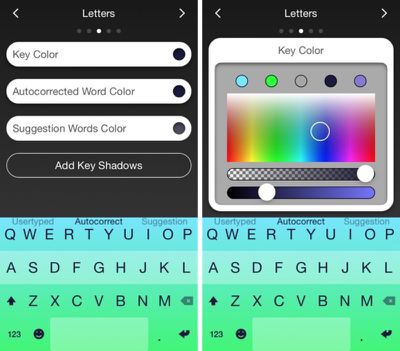
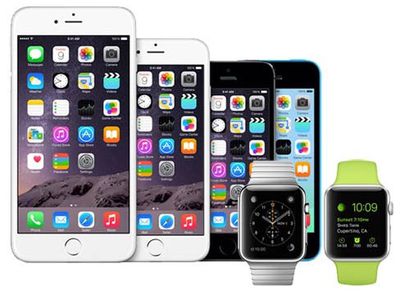
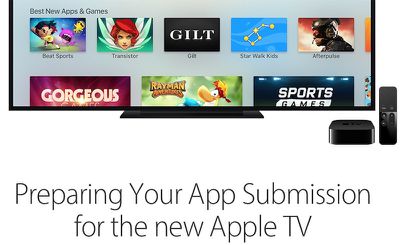

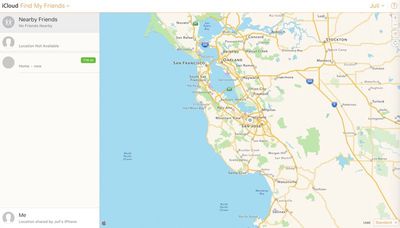
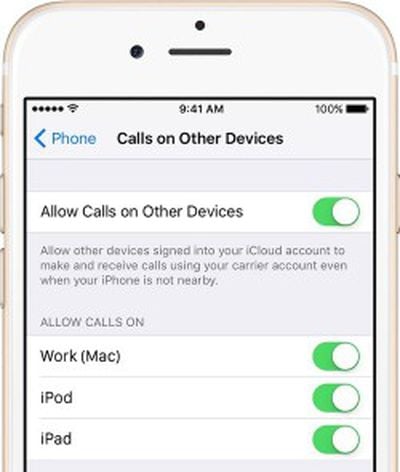 Alongside the launch of iOS 9.1, Sprint has
Alongside the launch of iOS 9.1, Sprint has 
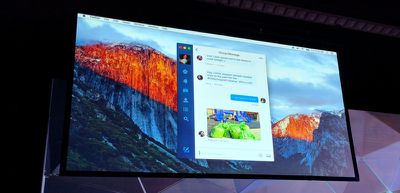
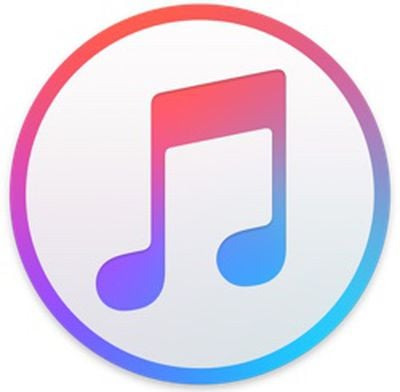 Along with updates for iOS, OS X, and watchOS 2, Apple today released a new version of iTunes, iTunes 12.3.1. The update is a minor one, with the release notes only saying it improves overall stability and performance.
Along with updates for iOS, OS X, and watchOS 2, Apple today released a new version of iTunes, iTunes 12.3.1. The update is a minor one, with the release notes only saying it improves overall stability and performance.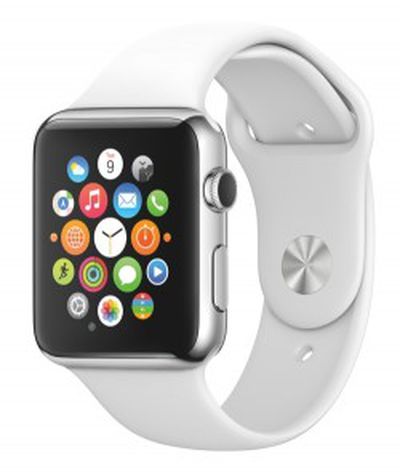 Apple today released a new software update for the Apple Watch, upgrading watchOS 2 to version 2.0.1. The update comes one month after Apple first released
Apple today released a new software update for the Apple Watch, upgrading watchOS 2 to version 2.0.1. The update comes one month after Apple first released 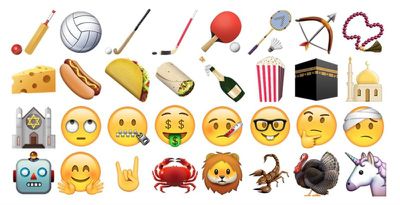
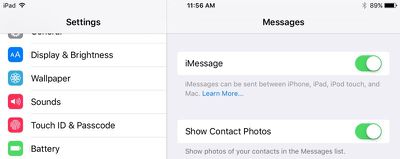
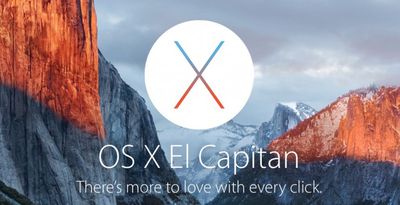
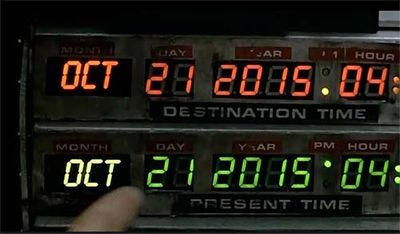
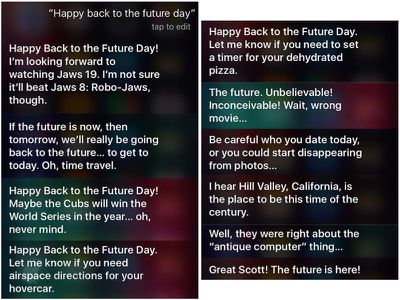
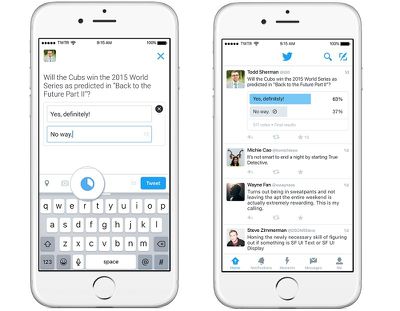
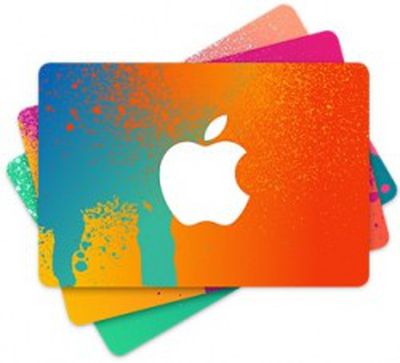 Ruben Profit, a 24-year-old employee at an Apple Store in New York's Queens Center Mall, has been charged with grand larceny and faces up to fifteen years in prison for an illegal scheme he ran while using his privileges as an Apple retail employee (via
Ruben Profit, a 24-year-old employee at an Apple Store in New York's Queens Center Mall, has been charged with grand larceny and faces up to fifteen years in prison for an illegal scheme he ran while using his privileges as an Apple retail employee (via 
